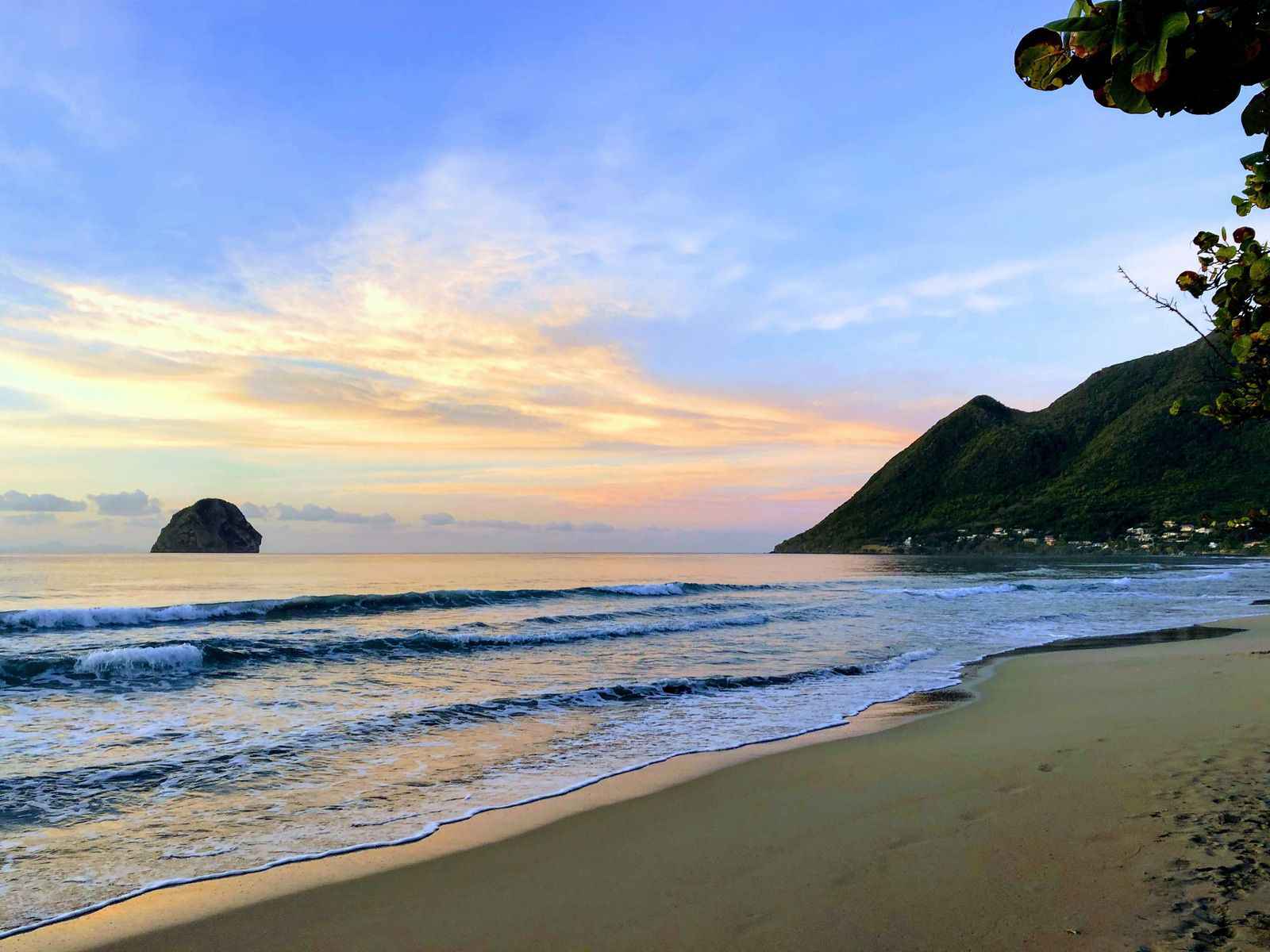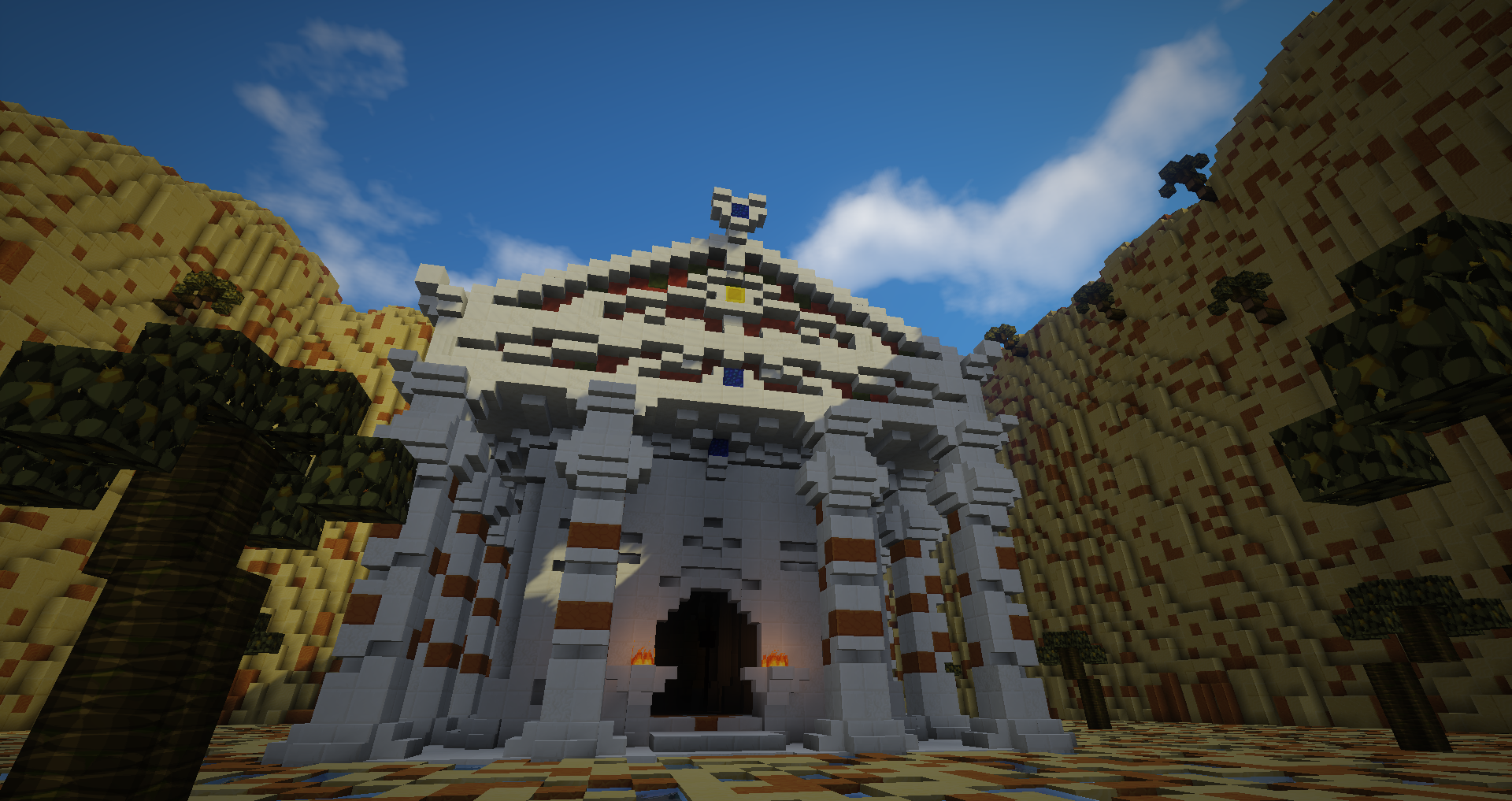
A vertical temperature difference is imposed between the upper and lower horizontal surfaces of the slab and blocks, and a linear temperature distribution is imposed on the outer vertical surfaces of the blocks. The slab is embedded between two impermeable conducting blocks of finite dimension. La profondeur des alvéoles D a été décrite comme une fonction de la susceptibilité des blocs de grès à l'haloclastie Ws, la hauteur au-dessus du niveau moyen des hautes mers h (en mètres), et la durée t (en années) : D = 68,6 (Ws)e−0,0038 h (1−e−0,031 t), où Ws = P/St (P est la pression potentielle totale de cristallisation des sels produite dans une unité de volume de roche, et St la force de tension estimée à partir du coefficient de dureté Equotip).The onset of natural convection in a vertically oriented, finite thin slab of saturated porous material is considered. La dureté des roches fut mesurée sur tous les blocs de grès à l'aide d'un testeur Equotip. La profondeur maximale des tafonis a été mesurée en 1971, 1989 et 2001, soit, respectivement, 20, 38 et 50 ans après la construction du pont. Chaque bloc de grès a été affecté par une alvéolisation due à l'haloclastie et à l'attaque des vagues. La base de ces piliers est située au niveau du niveau moyen de la marée (dont l'amplitude est de 1,6 m), et les leurs murs ont une hauteur de 3 m. Hierbei ist Ws = P/St (P ist der gesamte potenziale Druck der Salzkristallisation, erzeugt im Einheitsvolumen der Gesteine und St ist die mit dem Equotip ermittelte Zugfestigkeit.) French Le pont de Yayoi, joignant l'île d'Aoshima à l'île principale de Kyushu au Japon, est soutenu par quatre piliers dont la surface est constituée de blocs de grès. Die Tiefe der Hohlformen (D) wurden als eine Funktion der Anfälligkeit der Sandsteinblöcke gegen die Salzverwitterung (Ws), der Höhe der Sandsteinblöcke über dem mittleren höchsten Wasserstand h (m) und dem Zeitraum (t) der Beeinflussung beschrieben. Die Vertiefungen waren geringer in Blöcken mit hoher Gesteinshärte. Die Gesteinshärte in allen Gesteinsblöcken wurde mit dem Equotip Härtemessgerät bestimmt. Die größten Tiefen in den einzelnen Gesteinsblöcken wurden 1971, 1989, und 2001 gemessen und sie korrelieren mit dem Zeitraum von 20, 38 und 50 Jahren nach dem Brückenbau. Die Sandsteinverkleidungen zeigen tafoniähnliche Vertiefungen als Ergebnis der Salzverwitterung und der Wellenerosion. Die Basis der Pfeiler liegt im Tidenhub (mittlerer Tidenhub 1,6 m) und die Seitenwände haben eine Höhe von 3 m. The depth of depression, D, was described as a function of the salt weathering susceptibility of sandstone blocks Ws, the height above mean high water level h (m) located the blocks, and time t (years) D = 68.6 (Ws) e−0.0038 h (1−e−0.031 t) where Ws = P/St (P is the total potential pressure of salt crystallization generated in unit volume of the rock, and St is the tensile strength estimated from Equotip hardness).ĭie Yayoi Brücke, die die Aoshima Insel mit der Kyushu Hauptinsel in Japan verbindet, hat vier sandsteinverkleidete Pfeiler. These data showed that the depth of depressions was smaller in the blocks having larger strength. Rock strength in all sandstone blocks was also measured using an Equotip hardness tester. The greatest depth of each depression in all blocks was measured in 1971, 1989, and 2001 corresponding to 20, 38, and 50 years, respectively, since the construction of the bridge. Each sandstone block has developed a tafoni-like depression in all blocks due to salt weathering and wave erosion.


The base of the piers are situated at Mean Tide Level (mean tidal range: 1.6 m), and the side walls of the piers have a height of 3 m. Yayoi Bridge, connecting Aoshima Island with Kyushu main island in Japan, is supported by four piers whose surface is composed of sandstone blocks.


 0 kommentar(er)
0 kommentar(er)
